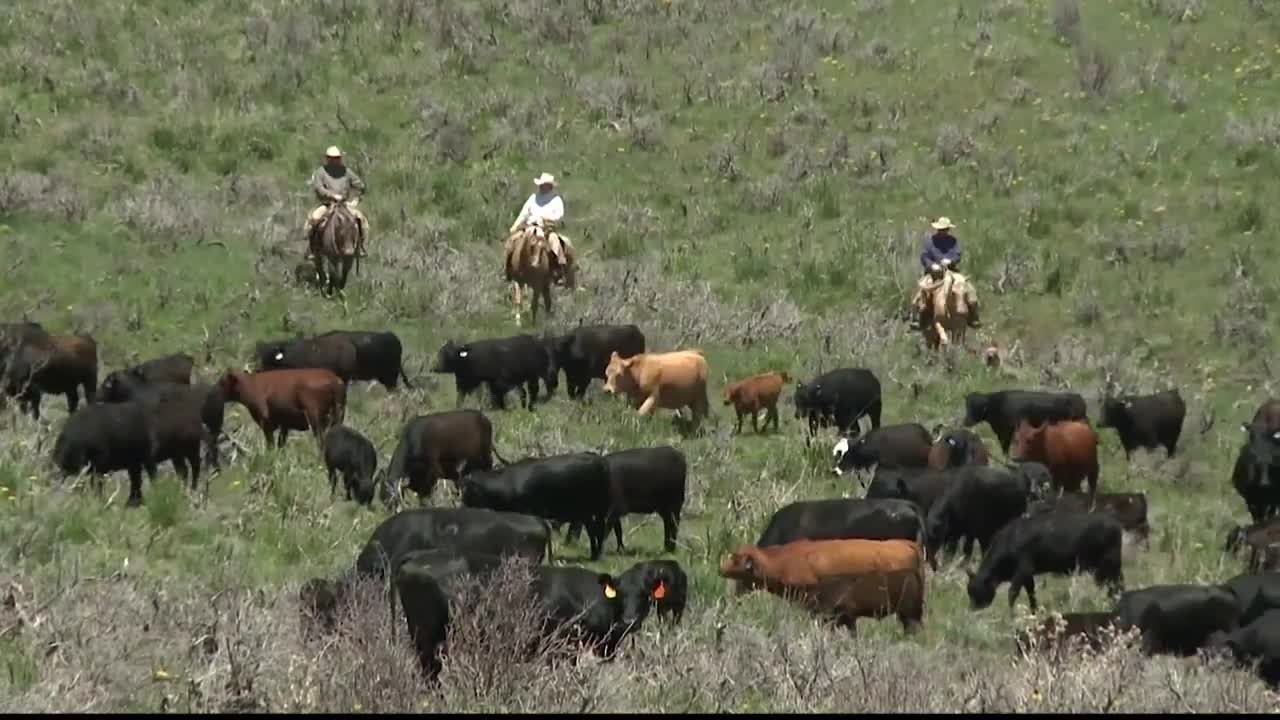Many experts agree an economic recession is imminent in the wake of COVID-19. In a recession, cattle markets are more volatile than grain markets and other staple foods.
How exactly will the next recession impact cow-calf producers? The answer is no one can precisely predict the full extent of a future recession. Dr. Anton Bekkerman, an Associate Professor in Montana State University’s College of Agricultural Economics Department, said producers can look to the 2008 recession as an indicator.
“The 2008 recession was very much a consumer-driven recession,” Bekkerman explained. “We had the housing market bubble pop and a lot of consumers losing a lot of equity, a lot of disposable income and spending power. A lot of consumers pulled back on buying. Especially luxury goods which include beef.”
Dr. Bekkerman said there’s multiple ways to assess the 2008 recessions impacts on cattle markets. The most efficient approach is to use demand indices which attempt to separate demand-related changes from contemporaneous supply dynamics.
“Take away the supply side of the market and only try to focus on what is going on with consumers,” Bekkerman explained. “What we saw happen in 2008, is as soon as that recession started to hit, is a drop in the demand for both all cuts of fresh meat and the choice cuts of beef.”
The demand indices plummeted till the end of 2010. At the beginning of 2011 the indices began to recover. But, demand for beef by consumers did not recover as fast.
“We see this prolonged impact on consumers who are recovering, after an especially longer recession like we saw in 2008,” said Bekkerman. “We didn’t see the demand recover for beef back to pre-2008 levels until about 2015.”
That seven-year recovery period showed lower demand for beef at the retail level that ultimately trickles down to the processors, fed cattle and feeder cattle markets. Resulting in lower prices and decreased sales for cow-calf producers.
Not having a crystal ball to determine the impact a recession will have on producers’ pocketbooks, Dr. Bekkerman shared three strategies to help prepare for market uncertainties.
Dr. Bekkerman shared those suggestions in a recent article, titled “Economic Recession Impacts on Cattle Markets: Lessons from 2008.”
The Classic, Timeless Advise. Aggressive Information Tracking: Knowing and revisiting the details of your production’s costs and breakeven scenarios is absolutely critical to understanding risk exposure. Additionally, because output markets have been so volatile and market dynamics so fluid, aggressively following market opportunities and taking advantage of them can mean the difference between being in the black or in the red.
Using Futures or Options Markets: This is a market-based approach to locking in a price in order to ensure revenues that do not fall below a certain level. It’s important to note, however, that cattle markets have been getting thinner, with fewer contracts being traded. This can potentially increase volatility in those markets, leading to possibly higher and more unexpected margin calls (for futures contracts) and/or higher premiums for put or call options that are out-of-the-money. If an operation would like to pursue this management option, options may be the better choice, but knowing your operation’s breakeven cost is critical to lock in the optimal price and assess the trade-offs in paying option premiums relative to the benefit of protecting downside price risk.
Livestock Risk Protection Insurance: The LRP is a subsidized market price risk management product that can provide downside risk protection for feeder cattle producers. Price guarantees are based on underlying futures prices and producers can elect coverage between 70 and 100%. Subsidy rates were increased a few years ago from 13% to 20–35% based on producers’ elected coverage levels. Producers can use LRP to insure up to 6,000 head of cattle per year.
Dr. Bekkerman’s full economic analysis can be found here.



